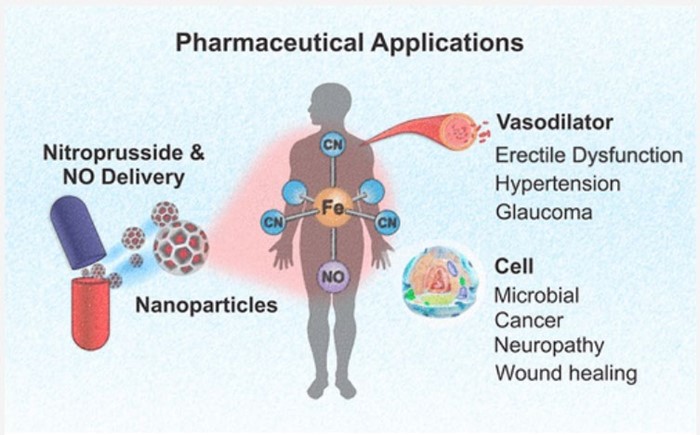A nurse is administering an intradermal injection to a patient. Which statements are correct? Select all that apply.
A depressed area around the injection sites indicates a positive reaction.
After the insertion of the needle, a healthcare provider should aspirate for a blood return.
The needle is inserted with the bevel of the needle upward at a 10- to 15-degree angle.
The inner arm or upper back are the preferred sites.
Correct Answer : C,D
These statements are correct because they follow the guidelines for intradermal injections, which are used for skin testing, such as for allergies or tuberculosis. Intradermal injections are given into the dermis, which is the layer of skin below the epidermis.
The needle is inserted with the bevel of the needle upward at a 10- to 15-degree angle to ensure that the medication is delivered into the dermis and not into the subcutaneous tissue or the epidermis. The bevel is
the slanted part of the needle tip that creates a sharp point. Inserting the needle with the bevel upward also reduces tissue trauma and bleeding.
The inner arm or upper back are the preferred sites for intradermal injections because they have thin skin and minimal hair, which makes it easier to see and measure any reactions. The inner arm is usually used for adults, while the upper back is used for children.
The other statements are not correct because they do not apply to intradermal injections or they contain false information.
a. A depressed area around the injection sites indicates a positive reaction. This statement is false because a depressed area, also known as induration, indicates a negative reaction. A positive reaction is indicated by a raised area, also known as a wheal, that is larger than a certain size depending on the type of test.
b. After the insertion of the needle, a healthcare provider should aspirate for a blood return. This statement does not apply to intradermal injections because aspiration is not necessary for this type of injection. Aspiration is the process of pulling back on the plunger of the syringe to check for blood in the needle before injecting the medication. This is done to avoid injecting into a blood vessel, which can cause adverse effects or reduce the effectiveness of the medication. However, intradermal injections are given into very superficial layers of skin where there are no blood vessels, so aspiration is not required.
Nursing Test Bank
Naxlex Comprehensive Predictor Exams
Related Questions
Correct Answer is B
Explanation
First, we need to convert the patient's weight from pounds to kilograms using the conversion factor 1 kg =
2.2 lb:
154 lb / 2.2 lb/kg = 70 kg
Next, we need to calculate the dose of nitroprusside in mcg/min using the formula Dose = Weight × Dosage:
Dose = 70 kg × 3 mcg/kg/min = 210 mcg/min
Then, we need to convert the dose of nitroprusside from mcg/min to mg/hr using the conversion factor 1 mg = 1000 mcg:
210 mcg/min × 1 mg/1000 mcg × 60 min/hr = 12.6 mg/hr
Finally, we need to calculate the rate of nitroprusside in mL/hr using the formula Rate = Dose/Concentration:
Rate = 12.6 mg/hr / 100 mg/mL = 0.126 mL/hr
To round to the nearest hundredth, we get 0.13 mL/hr, which is approximately equal to 1.26 mL/hr.
Therefore, the nurse should program the IV pump to deliver nitroprusside at a rate of 1.26 mL/hr.

Correct Answer is D
Explanation
The correct technique for preparing this insulin order is to follow these steps¹²:
- Perform hand hygiene and put on gloves.
- Mix NPH (cloudy) insulin by gently rotating the vial between the palms of your hands. Do not shake the vial.
- Clean the tops of both vials with alcohol swabs and let them dry.
- Draw up the amount of air equal to the dose of NPH insulin into a syringe. Inject the air into the NPH vial without touching the needle to the solution. Withdraw the needle and syringe without drawing up any insulin. This will create positive pressure in the NPH vial and make it easier to draw up later.
- Draw up the amount of air equal to the dose of regular (clear) insulin into the same syringe. Inject the air into the regular vial and invert the vial. Make sure the needle tip is below the fluid level and draw up slightly more than the dose of regular insulin. Tap the syringe gently to remove any air bubbles and push out any excess insulin to get the exact dose. Withdraw the needle and syringe from the regular vial.
- Reinsert the needle and syringe into the NPH vial without touching the needle to the solution. Invert the vial and draw up slightly more than the dose of NPH insulin. Tap the syringe gently to remove any air bubbles and push out any excess insulin to get the exact dose. Withdraw the needle and syringe from the NPH vial.
- Check that you have the correct doses of both insulins in one syringe. The total volume should be equal to the sum of both doses.
- Administer the dose within 5 to 10 minutes after drawing up because regular insulin binds to NPH and this decreases its action.

Whether you are a student looking to ace your exams or a practicing nurse seeking to enhance your expertise , our nursing education contents will empower you with the confidence and competence to make a difference in the lives of patients and become a respected leader in the healthcare field.
Visit Naxlex, invest in your future and unlock endless possibilities with our unparalleled nursing education contents today
Report Wrong Answer on the Current Question
Do you disagree with the answer? If yes, what is your expected answer? Explain.
Kindly be descriptive with the issue you are facing.
